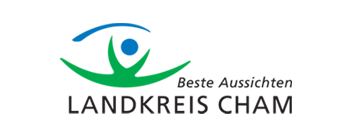The Museum of Pilgrimage is situated in the centre of Neukirchen beim Hl. Blut. On three storeys you get informed about the traditional and religious life of the people in this area. There are lots of interesting exhibits like old rosarys, behind-glass-paintings etc.. The descriptions are only in German. Guided tours in English can be booked in advance.
opening hours:
Tue to Fri 09.00 – 12.00 and 13.00 – 17.00 h
Sat/Sun 10.00 – 12.00 and 13.00 – 16.00 h
(from 01. Nov. till 15. Dec. closed at weekends)
Marktplatz 10 - 93453 Neukirchen b. Hl. Blut
Phone: 0 99 47 / 94 08 - 23 Fax: 0 99 47 / 94 08 - 44

















